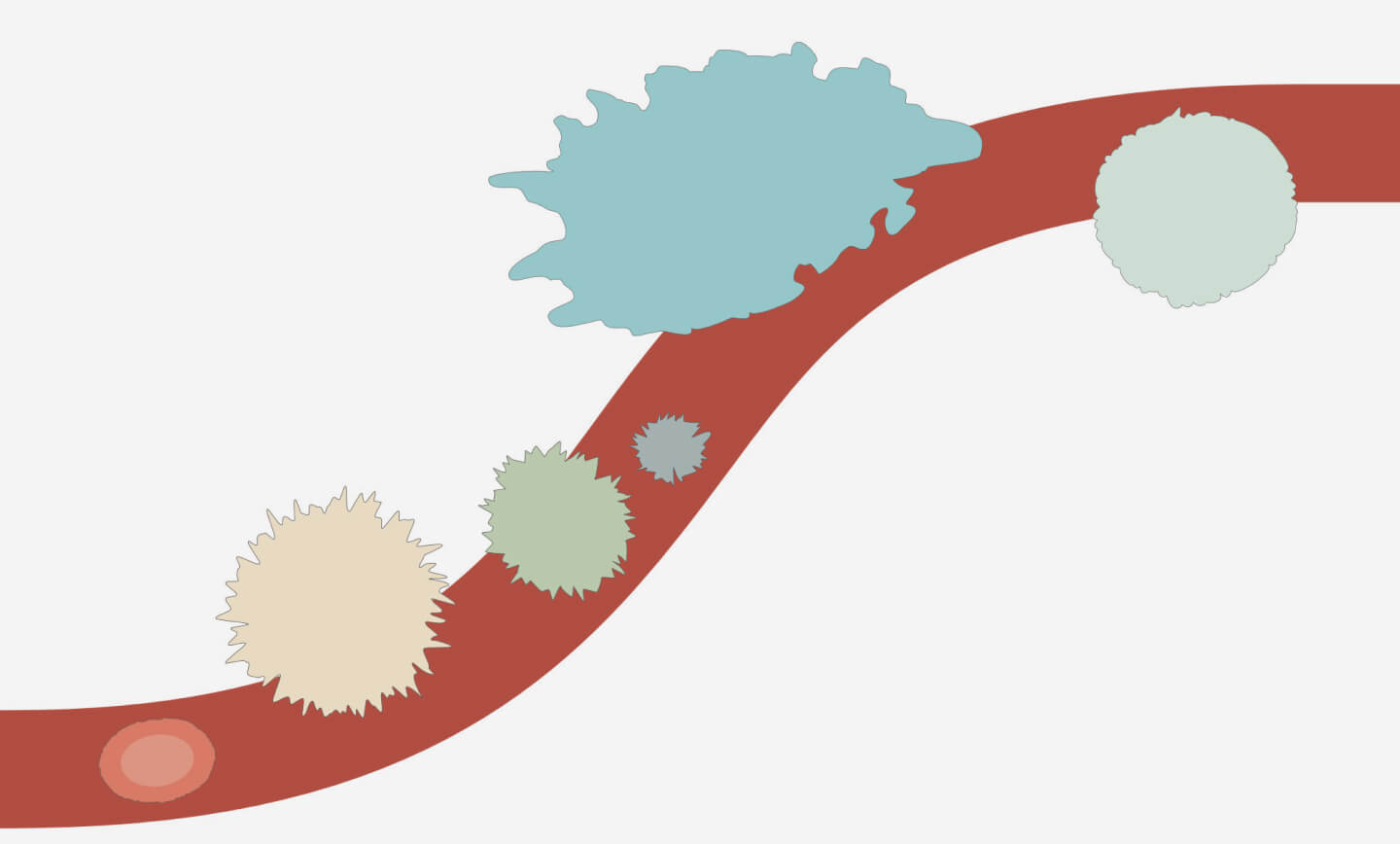
Understanding Biology – How can we achieve immunity and repair while limiting tissue damage in infections?
Our immune system protects us against all kinds of infections and can quickly adapt to new and emerging threats. It is powerful in preserving our health. However, this system also relies on a finely balanced regulatory system, as uncontrolled immune reactions can cause damage to our body while trying to protect it. We saw this in COVID-19 infections, where the most severe forms of disease were linked to unrestrained inflammation – a so-called “cytokine storm”. Lung function is essential to life and immune system damage during respiratory infections can seriously impact our health.
How do we know which elements of the complex immune process to change in order to maintain its protection while limiting damage? Our data analysts identified genetic variants associated with severe illness in COVID-19, including genes associated with immune cell function and inflammation. Informed by these studies, Pandemic Science Hub biologists explored the potential to target these cellular mechanisms with drugs and immune-based therapies.
The immune system is composed of many specialised cell types. They interact both with one another, and with the cells of the parts of the body they patrol. Developing unique biological models that explore these important cellular relationships allows us to translate genetic findings into novel therapies for those most at risk.